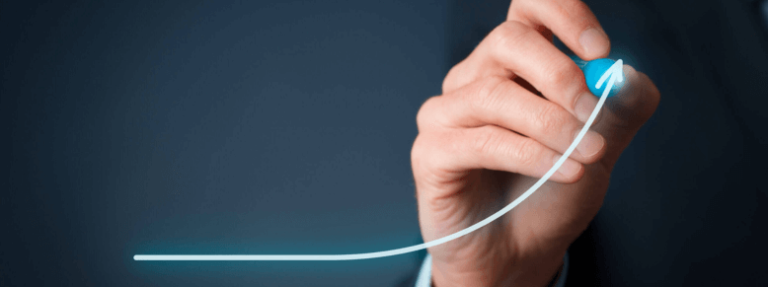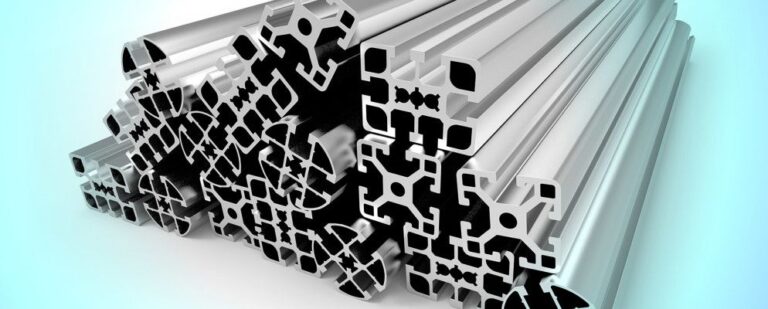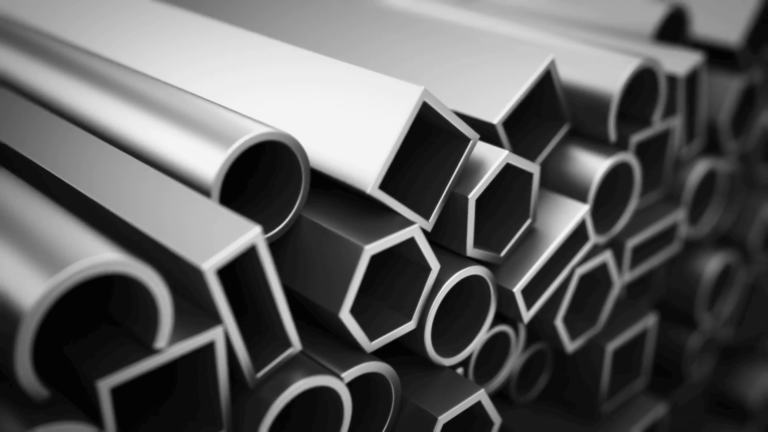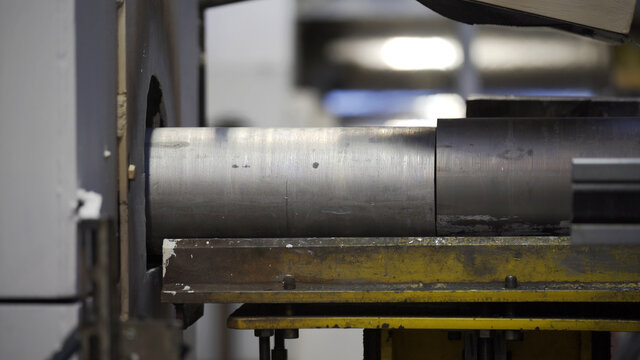Extrusion is a widely used manufacturing process for shaping various materials, including aluminum, into desired profiles. Although aluminium extrusion has several advantages, including adaptability, robustness, and economy, it is not impervious to surface imperfections that could develop during the extrusion process.
As a manufacturer of aluminum extruded profiles, JM Aluminium understands the importance of maintaining high-quality standards. Surface defects can occasionally occur during extrusion, affecting the final product’s appearance and functionality. In this article, we will explore common surface defects in the aluminium profile, their causes, and potential solutions, ensuring our customers receive the best possible products.
Types of Surface Defects & Their Preventions
Surface defects on the extruded profile are referred to the imperfections that may occur on the outer surface of the extruded material, and these defects may affect the quality of the structure.
Here, we have highlighted some of the surface defects and their preventions below:-
- Surface Scratches: Surface scratches are one of the most prevalent defects in aluminium extrusion. They can range from minor abrasions to deep grooves and significantly impact profiles’ aesthetic appeal and functional properties. Scratches may occur due to unprofessional handling, insufficient lubrication, or foreign particles in the die.
Prevention and Remedies:
- During transportation and storage, implement proper handling techniques, including gloves and protective coverings.
- Ensure sufficient lubrication between the billet and the die to minimize friction and prevent scratching.
- Regularly inspect and clean the dies to remove any contaminants that could cause scratching.
- Die Lines: Die lines are raised or indented lines that appear on the surface of aluminium profiles. They are often caused by imperfections or wear on the extrusion die. Die lines can affect the visual appeal of the profile and may also impact its structural integrity.
Prevention and Remedies:
- Regularly inspect and maintain the extrusion dies to identify and repair any imperfections or wear that could lead to dying lines.
- Optimize the extrusion process parameters, such as temperature and speed, to minimize the formation of die lines.
- Implement proper die cleaning and lubrication practices to reduce friction and wear on the die surface.
- Blistering: Blistering refers to the formation of small raised bubbles or blisters on the surface of the aluminum extrusion profiles. It is typically caused by trapped gasses or moisture within the billet, which expands and creates pressure during extrusion.
Prevention and Remedies:
- Ensure proper billet storage conditions to prevent moisture absorption.
- Before extrusion, use preheating techniques to remove any trapped gasses or moisture from the billet.
- Optimize the extrusion process parameters, such as temperature and pressure, to minimize the risk of blister formation.
- Surface Oxidation: Aluminium extrusion profiles develop a thin oxide coating on their surface due to surface oxidation, which happens when exposed to oxygen. While a certain level of oxidation is normal, excessive oxidation can lead to a dull appearance and reduced corrosion resistance.
Prevention and Remedies:
- Implement proper surface protection measures, such as applying protective coatings or anodizing, to minimize surface oxidation.
- Store the extruded profiles in a controlled environment with low humidity to prevent rapid oxidation.
- Regularly inspect and clean the extrusion dies to ensure a smooth surface finish.
Benefits of Addressing Surface Defects and Our Approach
JM Aluminium, a prominent manufacturer of aluminium extruded profiles, is dedicated to delivering high-quality products by effectively addressing common surface defects. We achieve this through a combination of preventive measures, regular inspections, and process optimization. By implementing these strategies, we minimize surface defects such as scratches, die lines, blistering, and surface oxidation, ensuring our customers receive exceptional profiles.
Our commitment to excellence is reflected in several advantages our service offers, including:
- Leading expertise in manufacturing aluminum extruded profiles.
- Special focus on addressing common surface defects, resulting in superior product quality.
- Implementation of preventive measures, regular inspections, and optimized processes.
- Minimization of surface defects such as scratches, die lines, blistering, and surface oxidation.
- Ensuring visually appealing and functional aluminum profiles.
- Emphasizing durability to meet and exceed customer expectations.
With our unwavering devotion to excellence, we guarantee the production of visually appealing, functional, and durable aluminum profiles that fulfil the unique requirements of our customers.
Concluding Remarks
Surface defects in aluminum extrusion can significantly impact the quality and appearance of the aluminium profiles. Scratches, caused by mishandling or insufficient lubrication, can range from minor abrasions to deep grooves. Die lines, resulting from imperfections or wear on the extrusion die, can affect both visual appeal and structural integrity. Blistering, characterized by raised bubbles, occurs due to trapped gasses or moisture within the billet. Additionally, surface oxidation, a natural occurrence when exposed to oxygen, can lead to a dull appearance and reduced corrosion resistance. To ensure high-quality aluminium profiles, it is essential to address these surface defects through proper handling, lubrication, die maintenance, and material control.
JM Aluminium stands as a distinguished manufacturer of top-quality aluminium extrusion profiles. With a deep understanding of the significance of addressing surface defects in the extrusion process, we take pride in delivering exceptional products that surpass customer expectations. By implementing rigorous preventive measures and continuous refinement of our extrusion process parameters, we strive to minimize surface defects, enhance the visual appeal, and ensure the exceptional functional performance of our aluminium profiles. You can trust our expertise in aluminium extrusion and our unwavering dedication to delivering premium aluminium profiles that meet your specific requirements.







